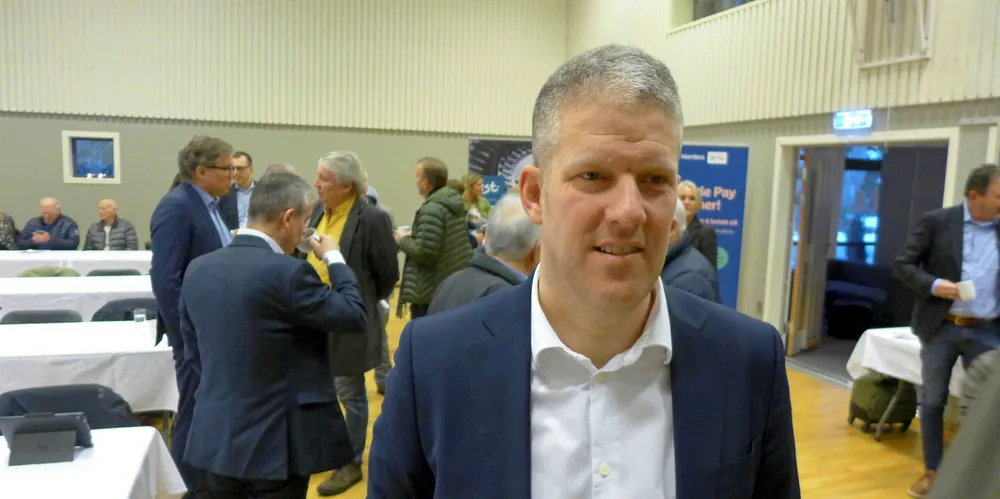Farmed salmon prices could slump to as low as NOK 50 by the fall
Higher supply and reduced purchasing power from consumers means salmon prices will likely drop this fall, according to analysts.

Higher supply and reduced purchasing power from consumers means salmon prices will likely drop this fall, according to analysts.
